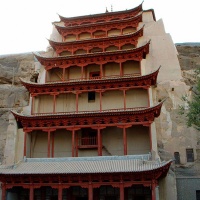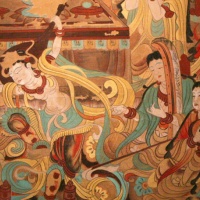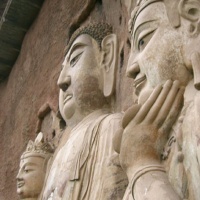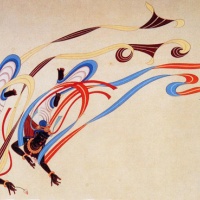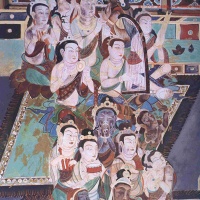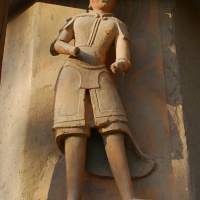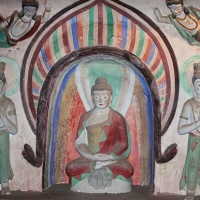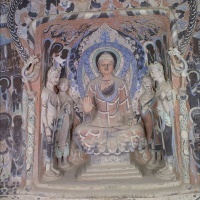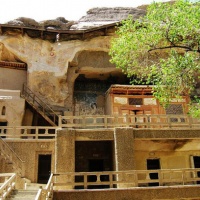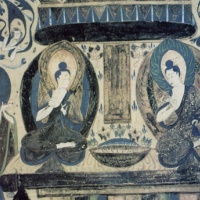- Home Page
- Fact Tours
Our sample tour itineraries of China and China travel packages are sorted by theme and available at competitive prices, you can browse what tours are right for you for your trip to China.
Popular China Tour Packages

Custom Tour Packages to China and Ask Our Experts for Free Enquiry !
- Coach Tours
- Destinations
Beijing, the capital of China. Its art treasures and universities have long made it a center of culture and art in China.
Beijing Top Attractions
Beijing City Tours
Best China Tours with Beijing
Shanghai, the cultural and economic center of East Asia. It renowned for its historical landmarks, the extensive and growing skyline.
Shanghai Top Attractions
Shanghai City Tours
Best China Tours with Shanghai
Xi'an, having held the position under several of the most important dynasties. It is the top destination to explore the facts of Chinese history.
Xi'an Top Attractions
Xi'an City Tours
Best China Tours with Xi'an
boasts its culture, beautiful rivers, villages and mountains. It's home to 2 UNESCO World Heritage Sites and the Mecca of photographers.
Top Attractions
Sichuan is the cradle of the Shu culture, panda, mahjong, teahouse and spicy food. The province ranks first in China by number of UNESCO World Heritage Sites. It is called "the Heaven of Abundance".
Sichuan Top Attractions
Sichuan Tour Packages
Best China Tours with Sichuan
Yunnan, literally means the south of colorful clouds, due to its beautiful landscapes, mild climate and diverse ethnic cultures and traditions, is one of China's major tourist destinations.
Yunnan Top Attractions
Tibet, the nearest land to the sky, is known for its breathtaking landscape, splendid culture, art, buildings, and mysterious religions.
Tibet Top Attractions
Tibet Tour Packages
Best China Tours with Tibet
Explore the lost civilizations by riding a camel! Travel across the Gobi and the desert, and over the high mountains. Our Silk Road tours including different sections of the Silk Road in China.
Silk Road Top Attractions
Silk Road Tour Packages
Best China Tours with Silk Road
Guilin, an internationally-known historical and cultural city, has long been renowned for its unique karst scenery. Its vicinities are the paradise of hiking, caving, rafting, biking and countryside exploring.
Guilin Top Attractions
- China Facts
- China Hotels
- Travel Photos
Attractions
Mogao Grottos
Questions & Comments
-
 Dr.Claus Drunkenmölle on July 20, 2012, 5:31 pm
Dr.Claus Drunkenmölle on July 20, 2012, 5:31 pmIt is possible to arrange for two visitors a visit 13. and 19. September (four half days) in Mogao ? Best regards Claus Drunkenmölle
-
 Ripple on February 17, 2012, 5:13 pm
Ripple on February 17, 2012, 5:13 pmHi Mayur, no problem, our travel consultants sent you an email yesterday. They can help you arrange your trip according to the request.
-
 Mayur Shah on February 16, 2012, 2:05 pm
Mayur Shah on February 16, 2012, 2:05 pmI am perticularly interested in Buddha... I am a painter & photographer & Indian Bhikhu. My interest is to see this caves in details & not walking by as normal visitor. I would like to get in touch with Bhikhu over there & understand each & every murals,sculpture & paintings.& creat a documentry. 1) Can you help me in achieving my mission 2) How many days, should I keep for this visit....I am planning 4-6 days. 3) What is the best time to visit? I will appreciate your guidance. Thanks. Mayur Shah










